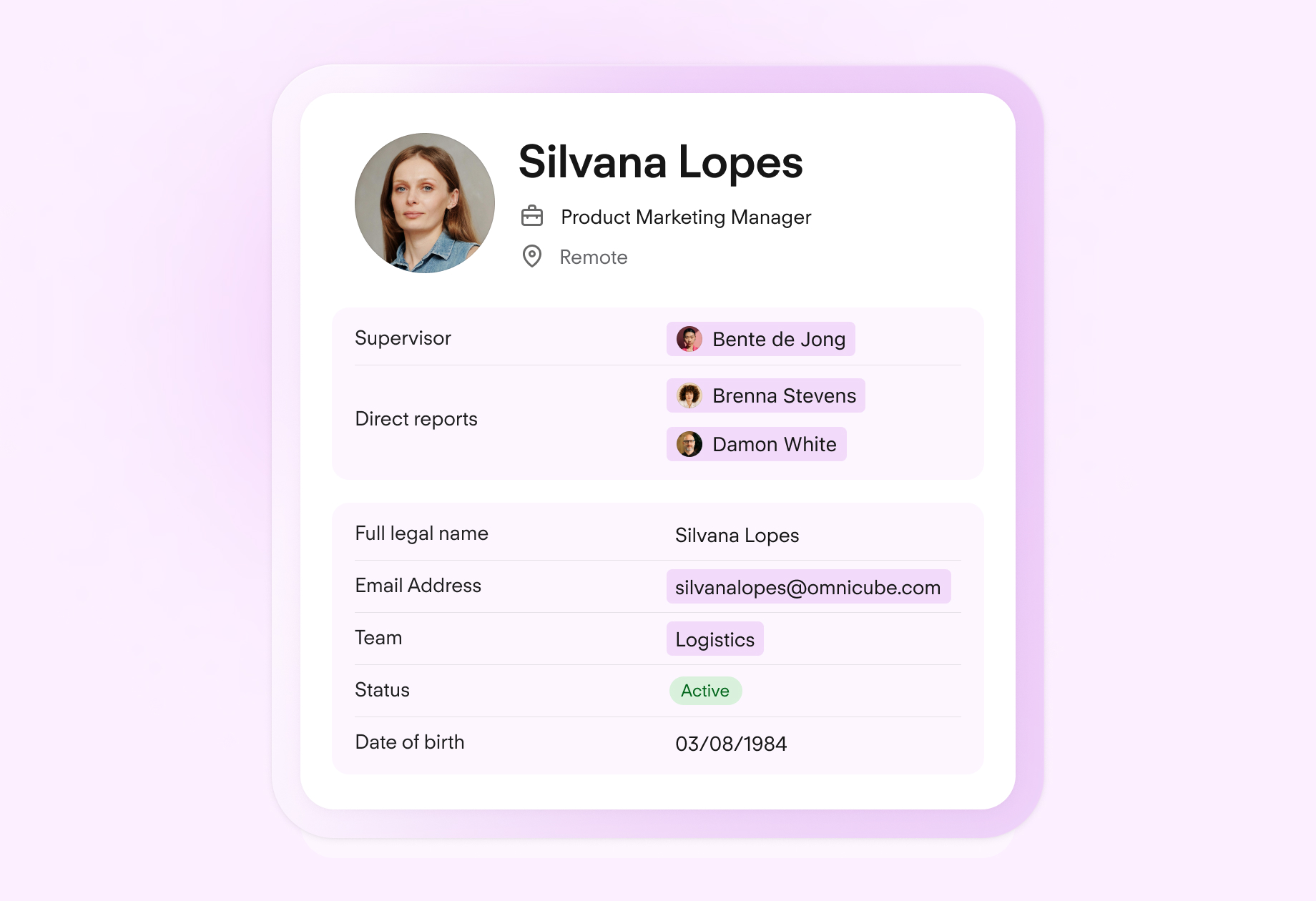Conducting a Risk Assessment for Pregnant Workers
How do you conduct a risk assessment for pregnant workers in the UK? In short, employers need to take care of the health and safety of all their employees, including pregnant workers.
In this article, we’ll seek to answer some of the top questions. These include:
What falls under the responsibility of employers?
What kind of risk assessment is necessary?
How do you lower risk and ensure a safe working environment for all?
Employer Responsibilities to Pregnant Workers
Employers are responsible for the health and safety of all their workers, including their pregnant workers. Under the Management of Health and Safety at Work Regulations 1999, the safety of employees is the responsibility of the employer.
But, what exactly does that mean when it comes to pregnant workers? It means that the employer needs to, by law, assess all the risks that can happen in their workplace. This risk assessment is divided into two sections:
General workplace risk assessment: With a general workplace risk assessment, employers cover all possible risks that could endanger women of childbearing age.
Individual risk assessment: Individual risk assessment happens when the employer gets in writing that one of their workers is pregnant.
What is an Individual Risk Assessment?
Individual risk assessment needs to happen when the employer gets in writing that their worker is pregnant. But it’s not just that they're pregnant— the employee could also be breastfeeding or have given birth in the last six months. If just one of these conditions is met, the employer needs to conduct an individual risk assessment.
During an individual risk assessment, an employer ensures that none of the company-specific working conditions are affecting the mother or the child in a negative way.
There can be a plethora of activities that could be possibly dangerous for a pregnant worker. Even though this isn’t an extensive list, it covers the basics that every employer should look into when doing individual risk assessments of their pregnant employees:
Display screen equipment: DSE are devices such as laptops, touch screens and display screens. They can cause fatigue, eye strain and back problems. When it comes to pregnant workers, the employer should take into account any problems that could happen to their musculoskeletal system (bones and back) because of poor equipment.
Trips and falls: An employer should ensure the physical safety of the employees, especially pregnant workers. There should be the highest standard when it comes to housekeeping so that pregnant workers don’t accidentally slip, trip or fall.
Physical activity: Pregnant workers should be lifting any heavy load in the workplace. And if their workstation requires them to do so, they should cease that activity.
Working at height: Pregnant workers can become less mobile and lose agility while in the state. So employers should ensure that they don’t work at height in their station. Pregnant workers can endanger themselves and their baby in case a fall happens when working at height.
Traveling: Airlines generally restrict pregnant women from traveling by plane after 32 weeks of pregnancy because it’s a risk. In general, pregnant workers shouldn’t be actively traveling as a part of their job. There’s a higher medical risk, they can suffer from poor posture, and there’s even a risk of biological problems (diseases) in certain countries that are dangerous for the pregnant worker and the baby.
Centralise your employee data

Stop relying on lists and spreadsheets. Organise and edit personnel files and documents with ease, all in one secure, legally compliant place.
Protect your people filesHow Do You Review A Risk Assessment?
It’s essential that employers regularly review the individual risk assessment of their pregnant workers. As the pregnancy progresses, there will be changes to the employee as their mobility becomes lower, the general speed of movement is lowered and they might need assistance with some tasks (a flight of stairs if the elevator is out of service).
As an employer, you should make the necessary risk adjustments in case there have been any changes to the pregnant worker’s workstation.
How Do You Lower Workplace Risks?
When an employer finds that there’s a possibility of danger for the pregnant worker and the child, they should pursue one of the following options:
Adjust the working conditions and/or lower the working hours for the pregnant worker.
If that’s not an option, the employer should find the pregnant worker an alternative workstation. The Employment Act of 1996 clearly states that the employer should find an alternative position for the pregnant employee that has the same terms— same pay and working hours.
In case that this can’t be done as well, the employer should then suspend the pregnant employee from work under full pay.
Frequently Asked Questions: Pregnant Worker Risk Assessments
What Does UK Law State About Pregnant Worker Risk Assessments?
Employers need to perform a general risk assessment and an individual risk assessment when it comes to pregnant workers.
When Should Employers Do a Risk Assessment for Pregnant Workers?
Employers should perform general risk assessments as soon as possible. That said, an employer should perform an individual risk assessment when they receive in writing that one of their employees is pregnant, breastfeeding or has given birth in the past six months.
What Does a Pregnant Worker Risk Assessment Include?
A risk assessment typically includes analysing their workstations and working conditions to ensure none of them are dangerous for the pregnant worker or the baby.
How Can You Remove Risks in the Workplace for Pregnant Workers?
The employer should lower the working hours, remove the risk from the workplace, or find an alternative working station. If none of that is an option, they should suspend the pregnant worker under full pay.
Keep All Your Documents Secure
Get all of your data in one place with Personio’s Digital Employee File feature. All of your most critical employee documents, from contracts to references, securely stored and fully GDPR-compliant. Learn more here or start a free trial today to see things in action.
